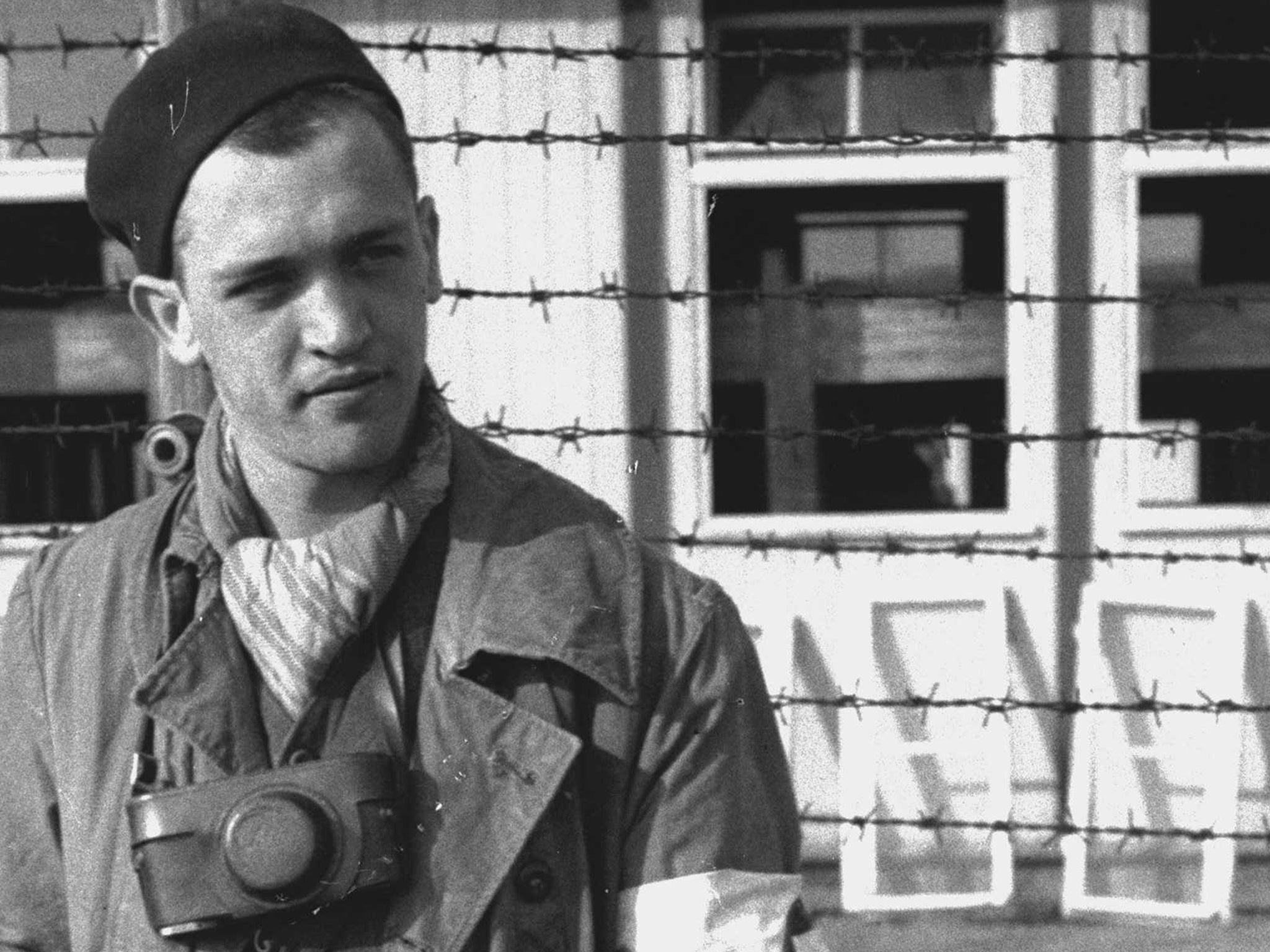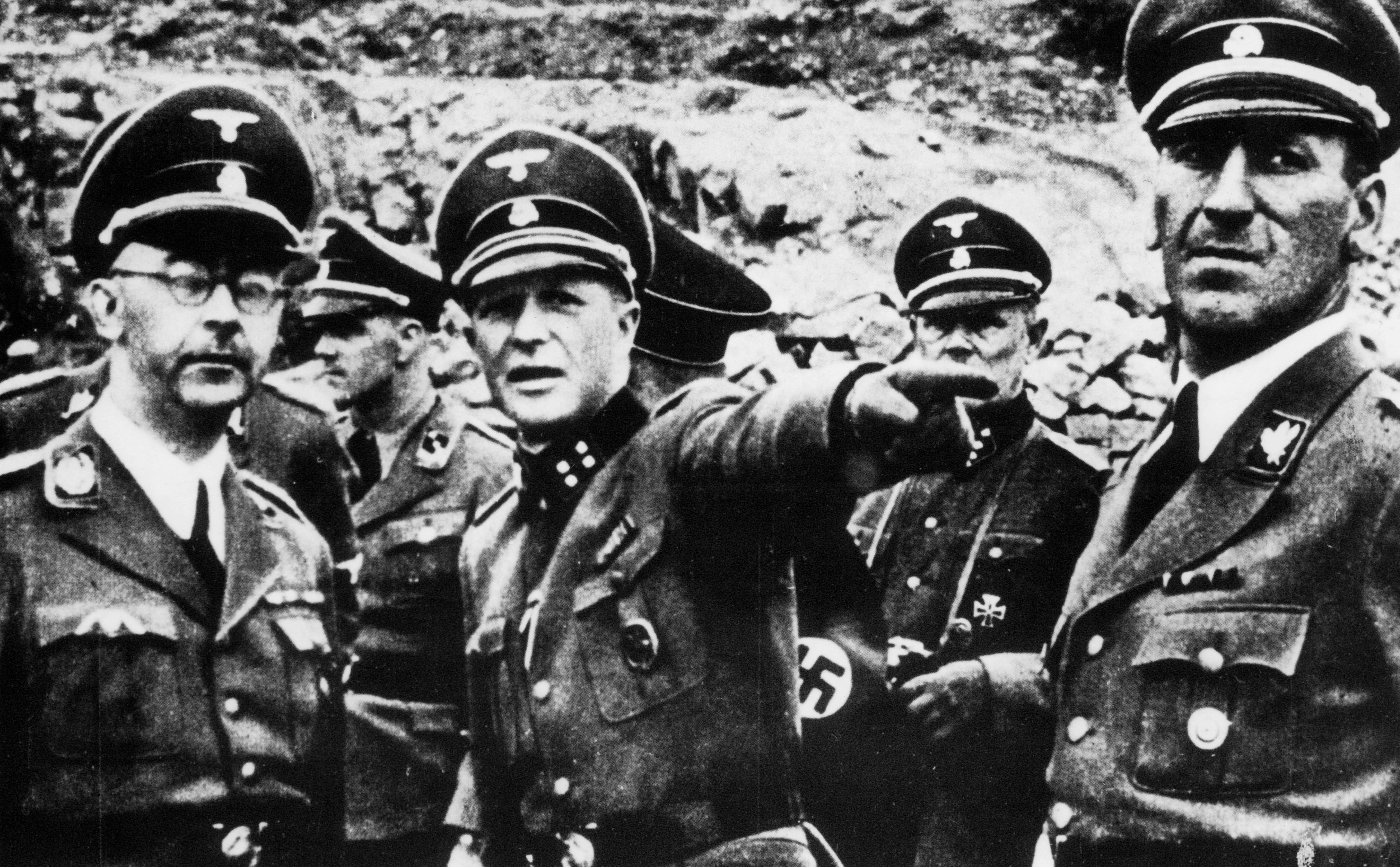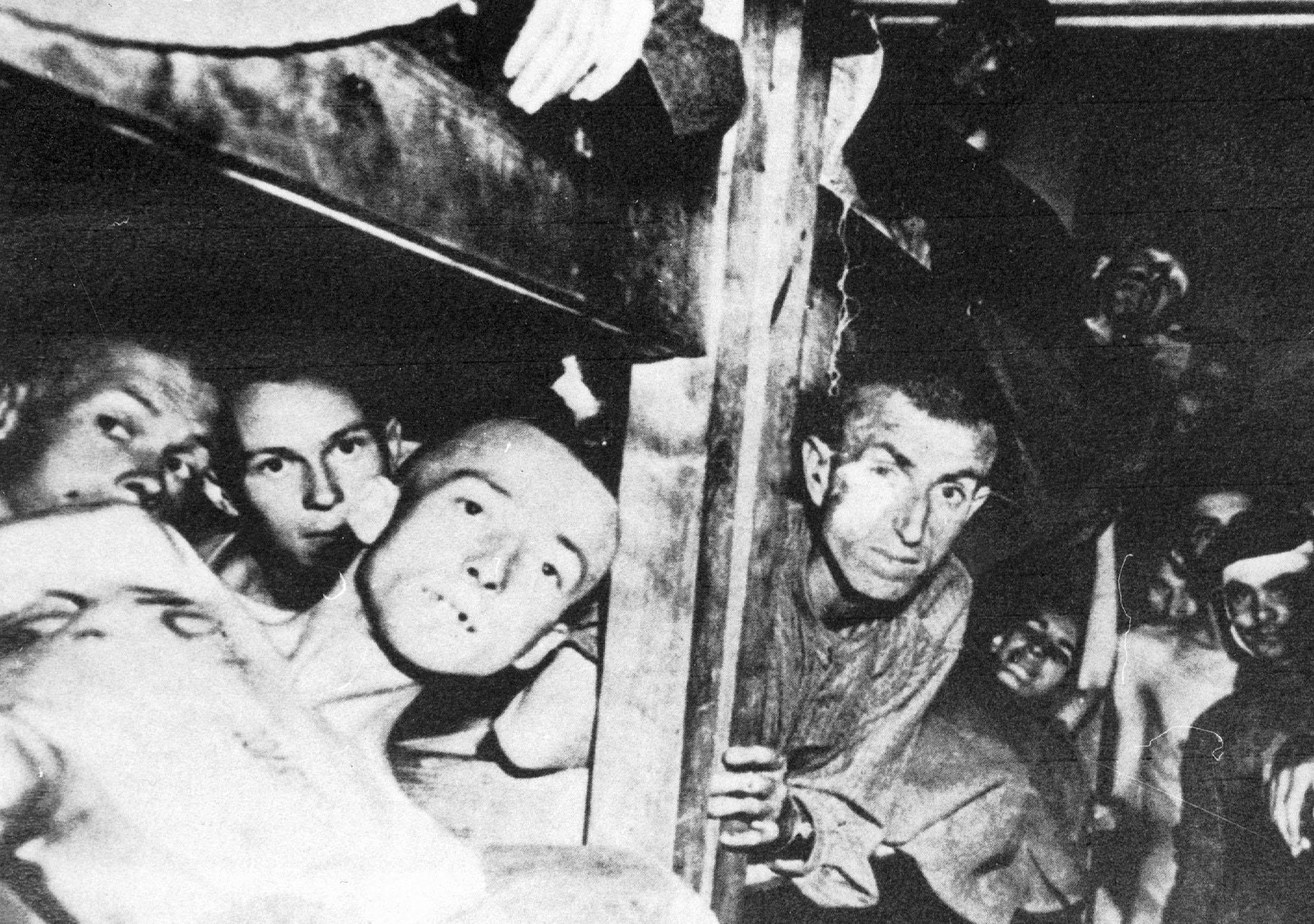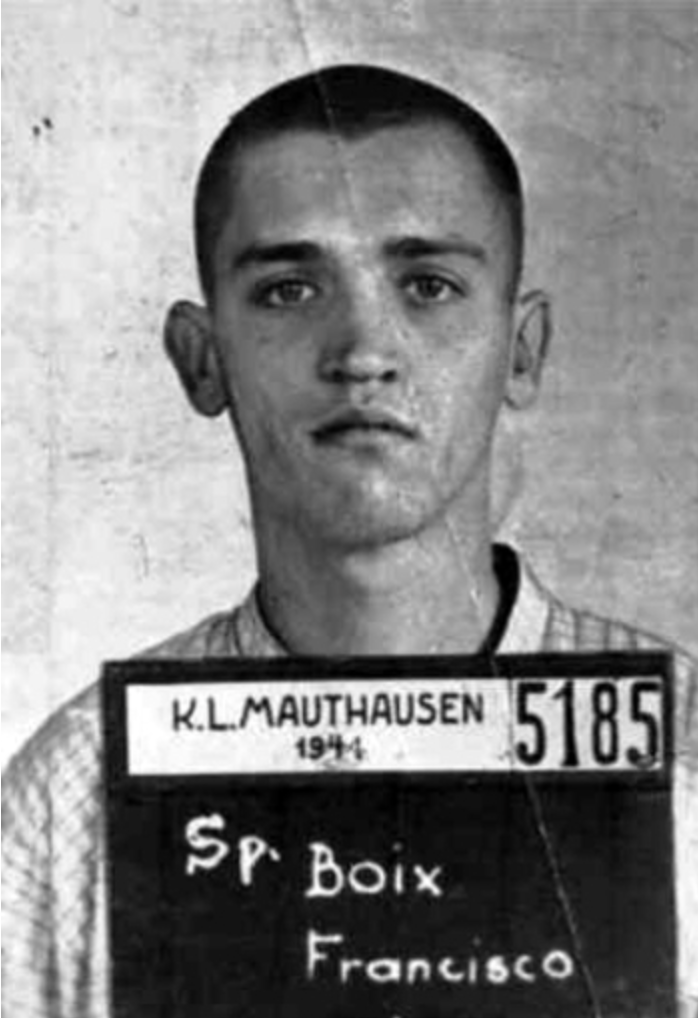The camera never lies: Spanish concentration camp inmate whose photos helped convict Nazis
Francesc Boix defied orders to destroy thousands of photos and instead smuggled them out of the Mauthausen camp, reports Graham Keeley in Barcelona


A Spanish photographer who helped smuggle negatives showing the atrocities that had taken place in a Nazi concentration camp has been honoured in his own country.
Francesc Boix bravely ignored the orders of SS guards at the Mauthausen camp, in Austria, to destroy thousands of incriminating photographs, and instead kept the negatives, allowing him to reveal the depravity of the Hitler regime to the wider world.
Working with other inmates, he risked his life to get the negatives smuggled out of the SS labour camp, whence they were passed to the conquering Allied armies at the end of the Second World War.
Eventually, the photographs, which documented the brutality of the SS guards at the camp, were used as evidence at the Nuremberg trials.
They helped convict architect Albert Speer, who had served as minister of armaments and war production under Hitler, and Ernst Kaltenbrunner, a senior SS official who was found to have had a major role in perpetrating the Holocaust.

A Stolperstein, or “stumbling stone” – a memorial set into paving to commemorate victims of Nazi persecution – was placed outside the house where Boix lived in Barcelona.
It reads: “Here lived Francesc Boix Campo. Born 1920, exiled 1939, deported 1941 Mauthausen, liberated.”
The Stolpersteine project, which was initiated by German artist Gunter Demnig in 1992, commemorates individuals in their last place of residence or work.
The majority of those commemorated have been Jewish victims of the Holocaust, but stones have also been dedicated to disabled people, Romani people, Jehovah’s Witnesses, and members of the Communist Party, as well as Allied soldiers.
Some 75,000 Stolpersteine have been laid, according to figures from 2019, making the project the world’s largest decentralised memorial.
Behind the simple wording on Boix’s bronze Stolperstein is the story of a remarkable life.
“Boix helps save what becomes the largest photographic record of the Nazi barbarity,” Nick Lloyd, a British expert on the Spanish civil war, who runs tours in Barcelona documenting the conflict, tells The Independent.

“His testimony at Nuremberg helps to convict Speer, and Kaltenbrunner, the highest Nazi official to be convicted.” He adds: “He was just a normal guy who did the right thing at the right time in saving these negatives.”
Boix learnt his craft from his father, who was a tailor and an enthusiastic amateur photographer.
After the Spanish civil war broke out in 1936, Boix, being a member of the Communist Party, joined up to fight for the republican government – even though he was underage at 16.
His ruse was discovered by the authorities, but he was given a job as a photographer.
At the end of the civil war in 1939, when General Franco’s nationalist forces claimed victory, Boix was forced to flee to France, where he was conscripted into a French labour battalion.

In 1941, he was captured and deported to Mauthausen concentration camp.
Some 10,000 Spanish republicans were sent to German concentration camps, but only about 3,000 survived.
As slave labour, many were worked to death, but Boix was posted to the camp’s photo-processing office, where he worked on images taken as part of the Nazis’ meticulous record of what was happening in the camp. He did not take the photographs himself.
As the Allies advanced in January 1945, the SS guards ordered Boix to destroy the images of the cruel conditions in the camp, which they had so carefully documented. Instead, Boix stole the negatives, risking his life.
The negatives were smuggled out of the camp by Spanish teenagers who were working in a nearby quarry, and hidden in a garden by a brave Austrian woman, Anna Pointer.
Mauthausen was in operation as a camp from 1938, after the annexation of Austria, where it was first used to imprison political opponents, Romani people, and homosexuals. It was regarded as a particularly brutal camp, where hard labour, beatings, crowding and malnutrition were common.
Some 90,000 people are thought to have perished in the camp during the Second World War. Life expectancy for newly arrived prisoners was less than three months by the final year of the war.
It was liberated by American troops in May 1945 – the last camp to be freed by the Allies.

The photographs smuggled out of the camp showed, among other things, starving inmates lined up naked, and other slave labourers pulling carts of earth. Each photo is a testimony to the SS’s obsession with documenting the atrocities in the camp.
Boix testified at the Nuremberg trials and helped to convict Speer and Kaltenbrunner.
Kaltenbrunner was found guilty of war crimes and crimes against humanity, and was sentenced to death and executed by hanging in 1946.
Speer was jailed for 20 years for war crimes and crimes against humanity.
Boix, who went on to work for the French communist newspaper L’Humanite, died in 1951 from kidney failure caused by his years as an inmate in the camp.
At a ceremony in Barcelona on Wednesday, Boix’s niece Ana Maria Salomo said: “This is very emotional for me. We are very proud of what Francesc did. None of the family knew him, as we were all too young at the time, but this means a lot.”
A local school, XXV Olimpiada, organised the ceremony, at which a band played a republican battle song, “El Quinto Regimento”.
Join our commenting forum
Join thought-provoking conversations, follow other Independent readers and see their replies
Comments
Bookmark popover
Removed from bookmarks